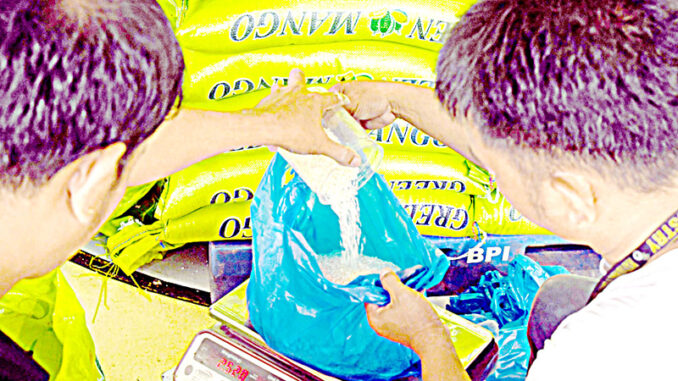
The Marcos administration forecasts significant rollbacks in the retail prices of rice, amid the domestic harvest season and an overall softening in the Southeast Asian market.
On Tuesday, President Marcos said in a Presidential Communications Office (PCO) statement that the movement of rice prices has been consistent with their expectations and there is reason to believe that they will go down further.
“It seems that the prices are within our projections. And it seems to be consistent again with the same experience of other ASEAN [Association of Southeast Asian Nations] countries like Thailand and Vietnam,” the chief executive noted.
Additionally, rice harvest in the Philippines typically begins before October, ensuring consumers have sufficient stocks of the staple for the year’s fourth quarter.
“So, I think as time goes on, that [retail prices of rice] should improve,” he added.
For his part, Agriculture Secretary Francisco Tiu Laurel Jr. said that rice prices may decline further as early as October after the government cut tariff on imported rice from 35 percent to 15 percent in July to curb food inflation.
The price of rice per kilo may even go down by as much as P7 per kilo by January due to the substantial tariff reduction, he added.
Economic managers touted that headline inflation slowed to 3.3 percent last month from 4.4 percent in July, mainly due to the decrease in food inflation.
Specifically, food inflation eased to 4.2 percent in August from 6.7 percent the previous month.
The reduction, they said, was due to lower prices of rice which went down to 14.7 percent in August from 20.9 percent in July.
Rice inflation last month was the lowest recorded since the 13.2 percent recorded in October 2023.
Still, rice prices remained the top driver of food inflation in August, according to the Philippine Statistics Authority’s (PSA) latest inflation report.
Meanwhile, the PCO reported that the landed cost of the imported staple declined by 15 percent, or around P7 per kilo, as of mid-September, following the implementation of reduced tariffs under Executive Order No. 62.


Be the first to comment